Dr Maya Rao’s contribution to Kathak traverses borders and boundaries. Now, her daughter Madhu Nataraj Kiran, has woven together a literary tribute, A Lifetime in Choreography, to showcase her late mother’s exemplary life as a dancer and visionary of performing arts
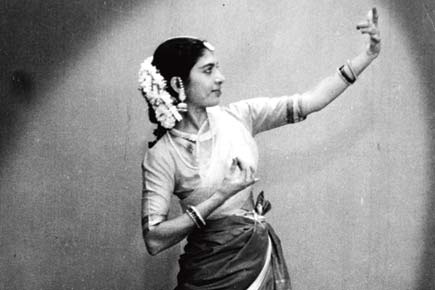
Today, Pune will host the release of legendary Kathak exponent, Dr Maya Rao’s autobiography, Maya A Lifetime in Choreography. Her Bengaluru-based daughter, Madhu Nataraj Kiran, who is a Kathak and contemporary dancer, has anchored the title.
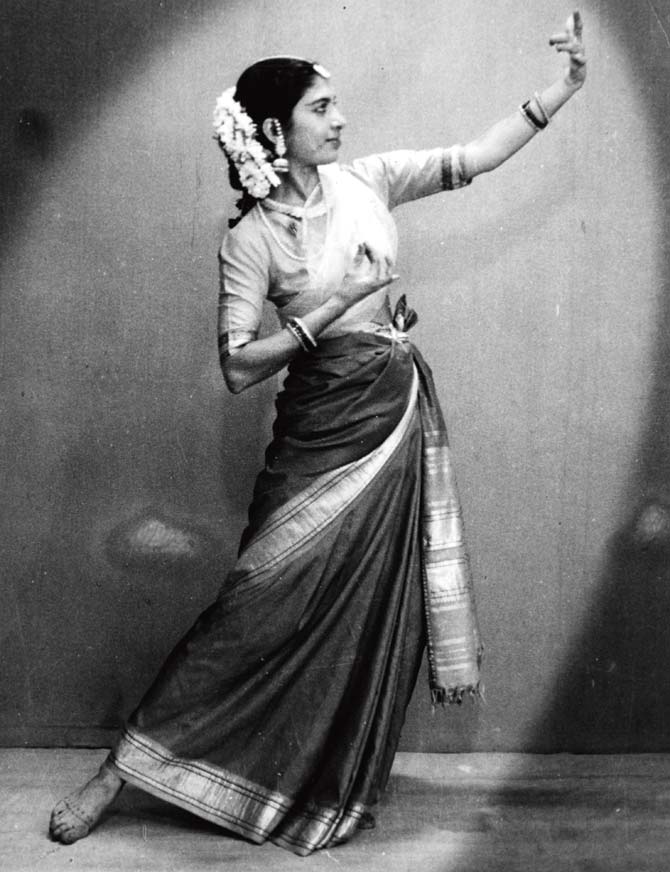
This book contains all of Dr Maya Rao’s choreographies and chronicles her journey in dance whilst looking at its history from the 20th till the 21st century. Pic courtesy/Madhu Nataraj Kiran
ADVERTISEMENT
Yesterday, Kiran along with her Natya Institute of Kathak and Choreography premiered Sanjog The Moving Verse, a production that featured a compilation of literary work related to dance from the 1950s until now, at the Prayatna Festival, in Pune.
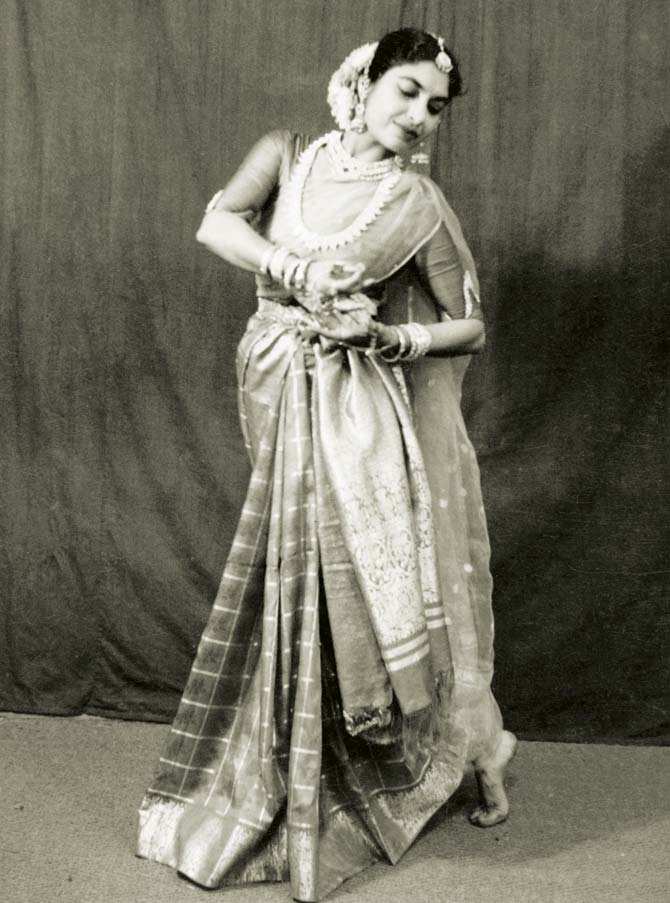
Being Dr Rao’s (1928-2014) protege, Madhu is carrying forward her legacy, as she shares moments from her work-in-progress, life and learnings from her Ma, and why the book is, in a sense, for everyone...
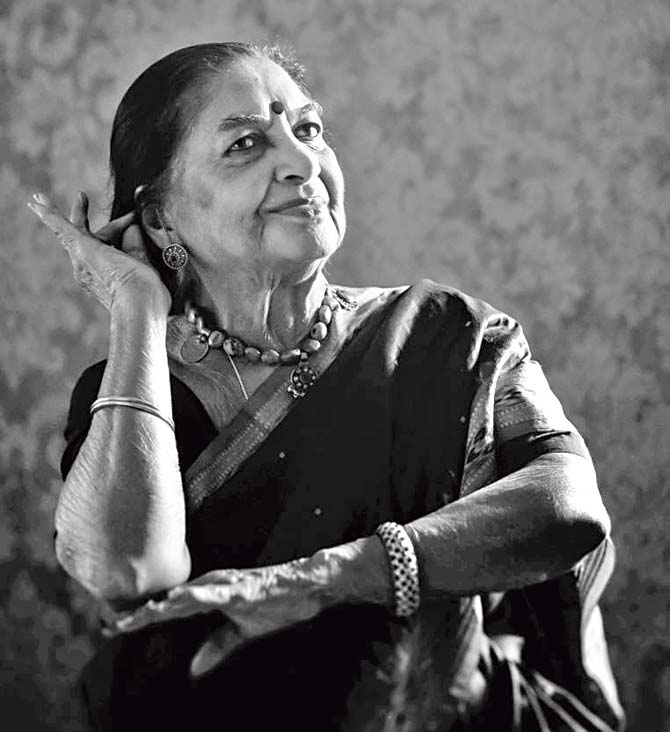
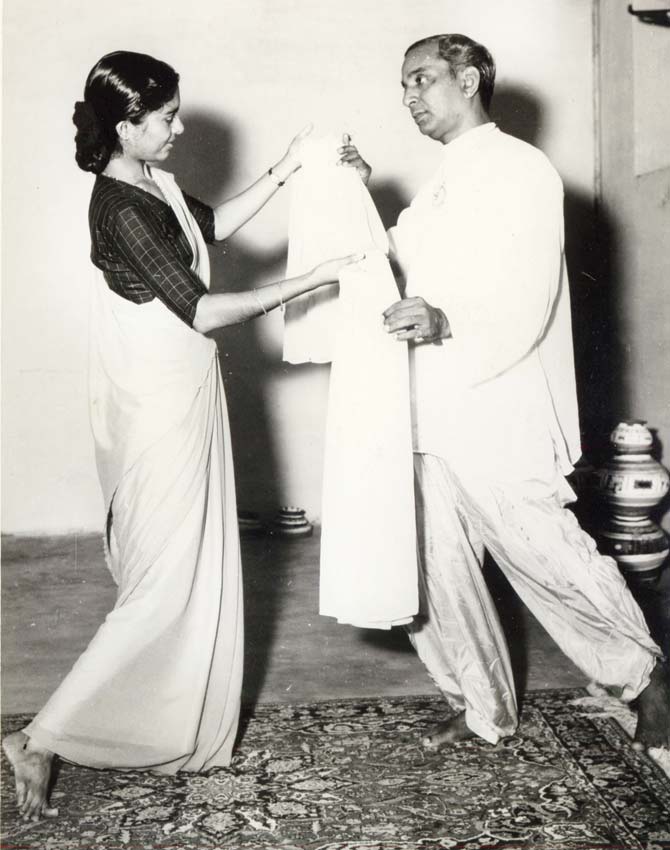

(Clockwise) Dr Maya Rao; A younger Dr Rao performs the Niratat Dhang with Guru Shambhu Maharaj at the National Film Seminar, New Delhi; Shambhu Maharaj, doyen of the Lucknow Gharana of Kathak with Dr Rao. Dr Rao was the first Government of India scholarship holder to study under him in free India. Maharaj asked her to partner him in a duet within three months of training with him; Dr Rao was grace personified.
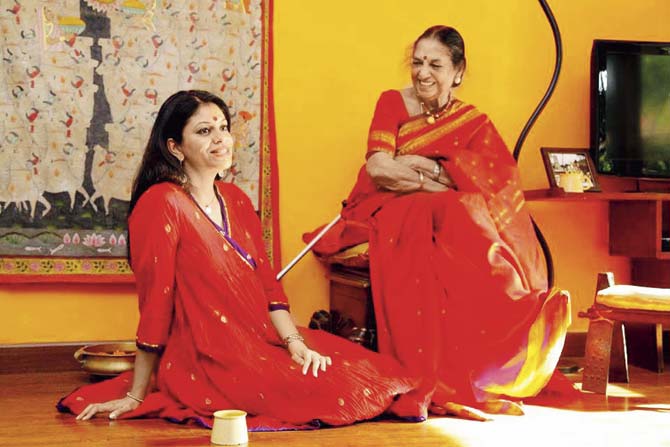
Madhu Nataraj Kiran with Maya Rao
About the book
Q. When did the idea of the autobiography occur to Dr Maya Rao?
A. I had been asking Ma to write the autobiography for a very long time. She was a sensitive write and a great raconteur. She had a treasure full of stories and anecdotes involving legendary dancers and artistes. Also her last biography was over a decade old and she had created so many works and collected awards after that. This book contains all her choreographies and chronicles her journey in dance whilst looking at Dance history from the 20th till the 21st century. She always shied away from speaking about herself. So, I had to bulldoze her into creating this wonderful book.
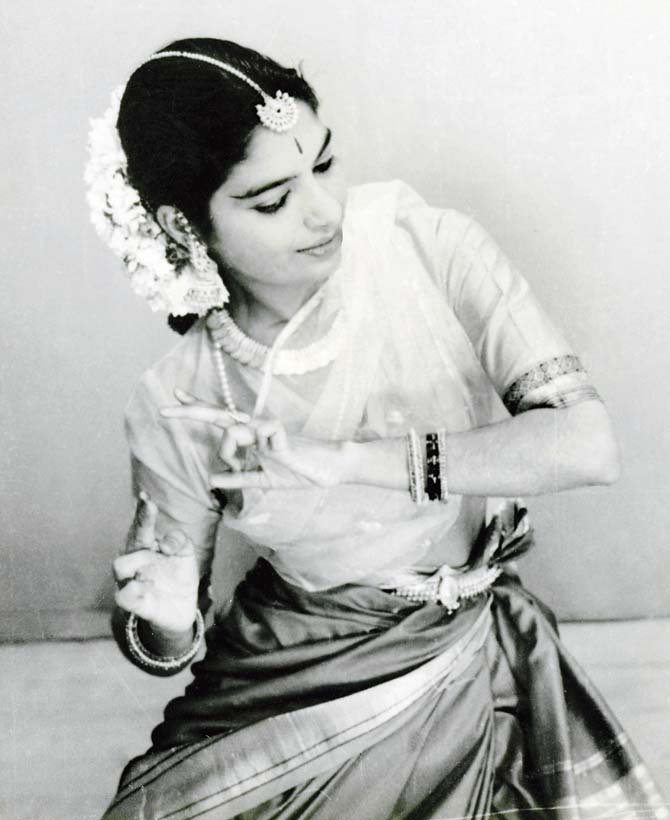
Q. As her daughter of your mother, a legendary name in Kathak, are you, ina sense, carrying a great deal of responsibility in keeping her vision and legacy alive?
A. I believe each project should create its own legacy. I have been an architect of change and development, working alongside Ma for our institute and Kampni (a localised term for company) for the past 23 years. We worked well together. We debated a lot, but at the end of the day, we had common values and the goal of excellence that bonded us. The weight of a legacy can be lethal. I think of myself as Ma’s ‘student partner’! In the last few years, we started creating another line of dancers who multitask and help run our establishments. I believe that a sign of good leadership is to empower your students and colleagues. We started working three days after she passed on... deafening grief, but we kept going.
Q. Aside from allowing readers an insight into her life and journey, what are among the book’s key highlights?
A. This is the first time that a coffee table book on a dancer and woman have been published by the Sahitya Akademi and the Directorate of Kannada and Culture, Government of Karnataka. The material in it is archival and Ma's lucid writing style makes it very reader-friendly for dance and history enthusiasts as well as a novice.
Q. Your mother is obviously your role-model; aside from the dance that you learnt from her, what would you consider valuable lessons you picked up from her that have stood you in good stead as an artiste?
A. To choose creative satisfaction over monetary benefits. Also that an experience matters above all else. I learnt to live my life with dignity as I define it.

Maya Rao A Lifetime in Choreography, Sahitya Akademi and the Directorate of Kannada and Culture, Government of Karnataka.
Cost: On request.
Email: stemdance@hotmail.com for copies.
The book will be released today, at Kala Chaya Cultural Centre, off Senapati Bapat Marg, Pune, 10 am
About the dance production
Q. How was Sanjog The Moving Verse born; did you start work on it following your invitation to the festival or did it exist already?
A. A bit of both. Literature is a huge catalyst in our work; so the verse-driven choreography already existed in our repertoire. The Prayatna festival's theme this year is Literature and Dance. Hence we re-visited our works that draw from the written word. Since our Kampni (colloquial term for dance company) balances both Kathak and Indian contemporary dance, we chose works that we have created from both idioms.
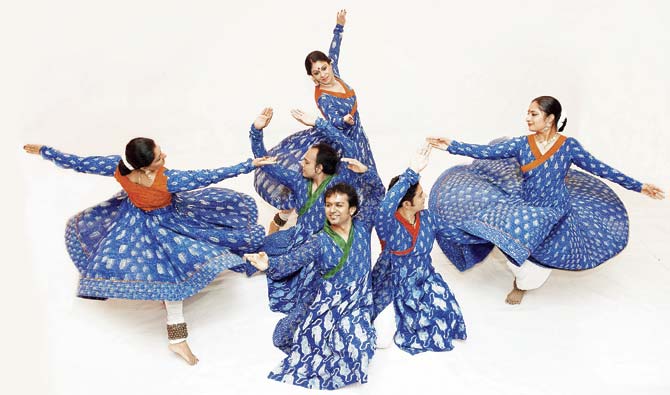
A rehearsal frame from Sanjog - the Moving Verse
Q. Could you shed light on the content of the production and its form?
A. Ever since we were invited to this festival, we have been brainstorming on creating an evening's montage that brings together our literature-driven work together in a seamless manner. The choreographies are diverse and offer a glimpse into both rare and well-known literature, so that the audience is more involved and engaged. For instance, a piece from Dr Maya Rao’s 1971 award-winning choreography — The vision of Amir Khusrau looks at Khusrau as both a people's and court poet, philosopher and musician. His pahelis and ghazals come alive at a well scene in a village. Nirvaya is inspired by the 12th century monastic women mystic poets (known as Sharanes) who wrote very profound Vachanas. The time frame of these pieces is from the 1970s till today.
Q. You perform across the country and the world; what have you learnt about the ability of your dance form to touch audiences across contexts, and countries?
A. As dancers we are essentially communicators and to elicit a response in the audience, we have to bring in devices that engages their interest and gives them some ownership over the works they watch. I am all for feedback whether positive or not, it is indifference that scares me! My signature style is collaborative and I consider the audience, whether at the harbour front theatre in Toronto or at a site-specific project in Hampi as one of my collaborative elements.
Q. As a dancer, choreographer, teacher, academician, researcher, what is your fine balance?
A. ...and Arts entrepreneur (smiles). Dance feels like a demanding sibling and is an integral part of my life. I have to be a bit of all the portfolios you mention, every single day to find a balance. As women, we are equilibrium personified. We always find a way, don’t we?
 Subscribe today by clicking the link and stay updated with the latest news!" Click here!
Subscribe today by clicking the link and stay updated with the latest news!" Click here!







